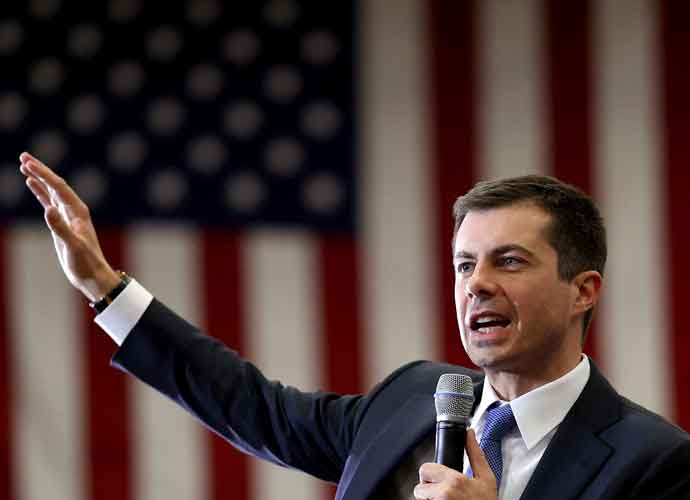Biden Administration Announces $8.2 Billion Increase In Funding For Rail Initiatives
On Friday, the Biden administration revealed plans to significantly increase investments in railway construction and enhancements nationwide, potentially leading to the development of the country’s first high-speed rail route.
The rail grants, which total $8.2 billion, will be distributed among ten projects and are financed by the Infrastructure Investment and Jobs Act, which was signed into law by President Joe Biden in November 2021.
Biden has highlighted the legislation, also referred to as the Bipartisan Infrastructure Law, as a notable achievement during his term. His campaign aims to ensure that voters prioritize this accomplishment as the 2024 election approaches.
After the law was approved, Biden, who used to frequently travel by train when he was a senator, referred to it as the biggest commitment to public transportation that the United States has ever made.
Subscribe to our free weekly newsletter!
A week of political news in your in-box.
We find the news you need to know, so you don't have to.
The Friday announcement includes a $3 billion allocation to support the Brightline West initiative, which aims to establish a quicker transportation connection between Las Vegas, where Biden will be making the announcement, and Los Angeles compared to the current driving duration.
The planners aim to finish the project before the 2028 Olympics in Los Angeles. According to Transportation Secretary Pete Buttigieg, this timeline is ambitious, but he assured that his agency will closely supervise the progress to ensure it stays on schedule.
In addition to other initiatives, one noteworthy project involves the construction of a contentious high-speed rail system that will link Los Angeles and San Francisco. The California High-Speed Rail project has encountered significant delays and consistently faces political backlash due to substantial investment in rail infrastructure.
Rep. Troy Nehls (R-Texas), a prominent member of the House committee responsible for overseeing railway developments, recently expressed his disapproval of the project during a hearing. He referred to it as a “disastrous” example that highlights the negative outcomes resulting from inadequate planning and governmental inefficiency.
Get the most-revealing celebrity conversations with the uInterview podcast!








Leave a comment